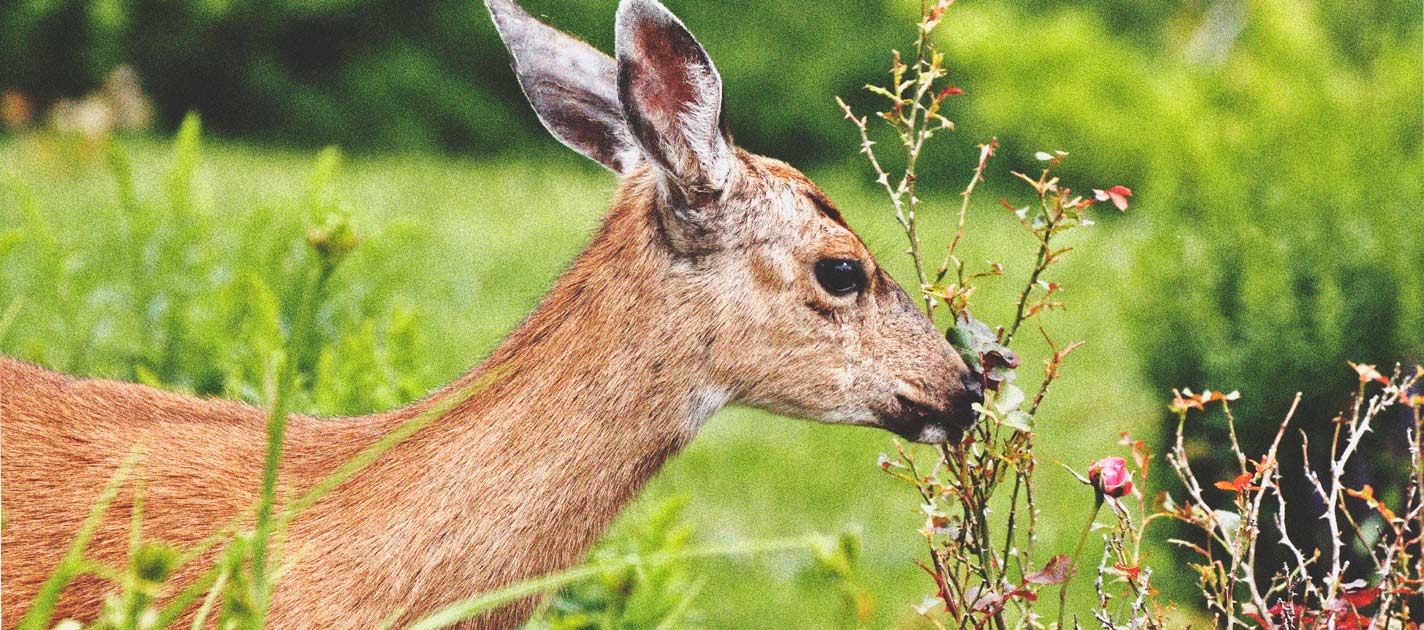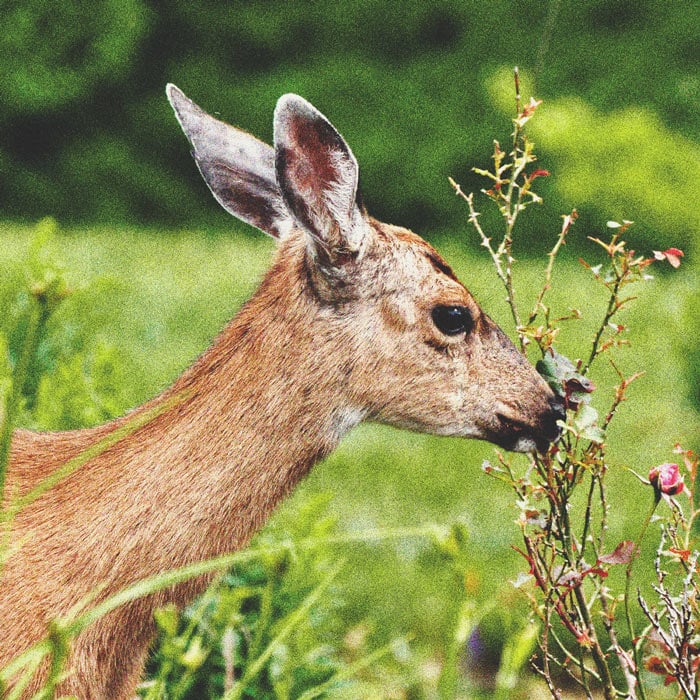.
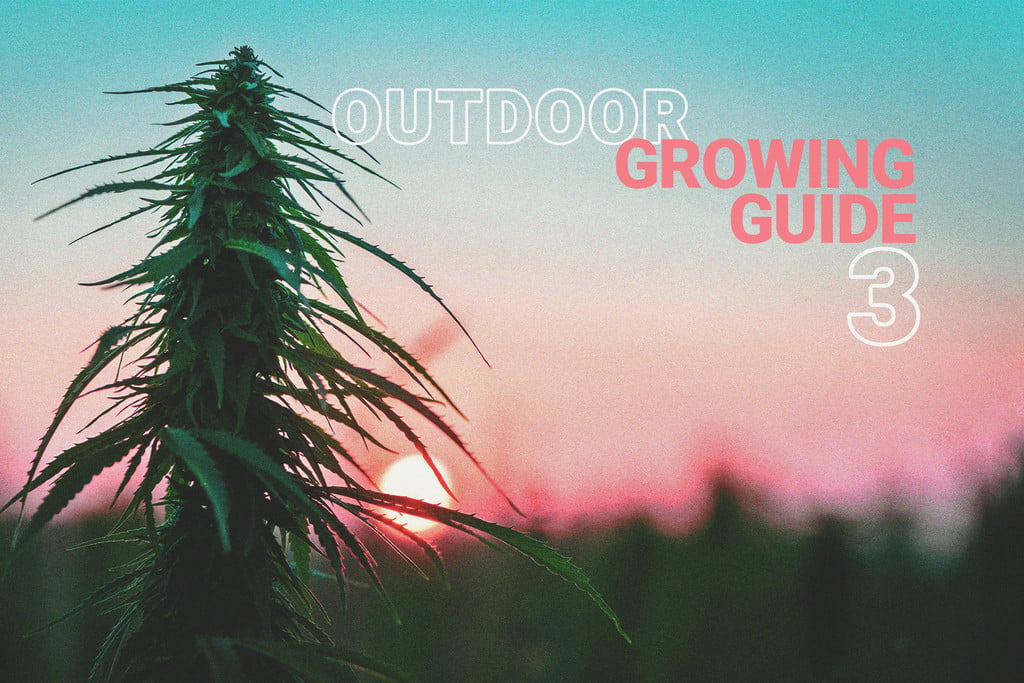
The Basics of Cannabis Outdoor Growing (Part 3)
We’re getting closer to our common goal of large outdoor harvests but it’s too early to rest. Two major factors can still destroy everything – people we don’t know, and wildlife.
The first two parts of Royal Queen Seeds’ basic guide to outdoor growing helped us to find a good strain and grow location, gave us some ideas why it can be beneficial to start our seedlings indoors, and also covered organic soils, and how to water cannabis plants. If you’re interested in reading these blogs first, always feel free to jump back:
Growing cannabis outdoors is a peaceful activity that doesn’t harm the environment, people or animals, but restrictive laws in many countries forced growers to be creative when it comes to camouflaging methods. It’s a little sad that many of us have to go through a process of including aspects of guerilla warfare into our peaceful hobby, but at the same time, it adds a pleasent level of excitement to it. Maybe someday, this hide and seek game will come to an end, and everyone will get the right to grow a few plants for personal use. We’ll simply wait for this day to come, and try not to get caught in the meantime.
6. Camouflagins Methods
If you plan on growing a few plants on your balcony or in your garden, it can still be beneficial to hide your plants between other plants, and to think of ways to mask the smell a little bit. Guerilla growers will definitely need to think of ways to keep their plants and location a secret. It always depends on the laws of your country, the level of personal risk you’re willing to take, and the situation at the grow location when thinking of the right methods to camouflage a cannabis grow.
A. Balconies, Terraces, and Gardens
- Grow bushy plants to block the view to neighbors if necessary (e.g. bamboo)
- You can also grow cannabis between similar looking plants (e.g. Japanese maple)
- Have a variety of different plants next to your plants (confuse & overwhelm!)
- Think of strong-smelling plants to mask the smell (e.g. lavender, lilacs, hibiscus, honeysuckle)
- There are non-transparent materials for greenhouses (e.g. Plexiglas)
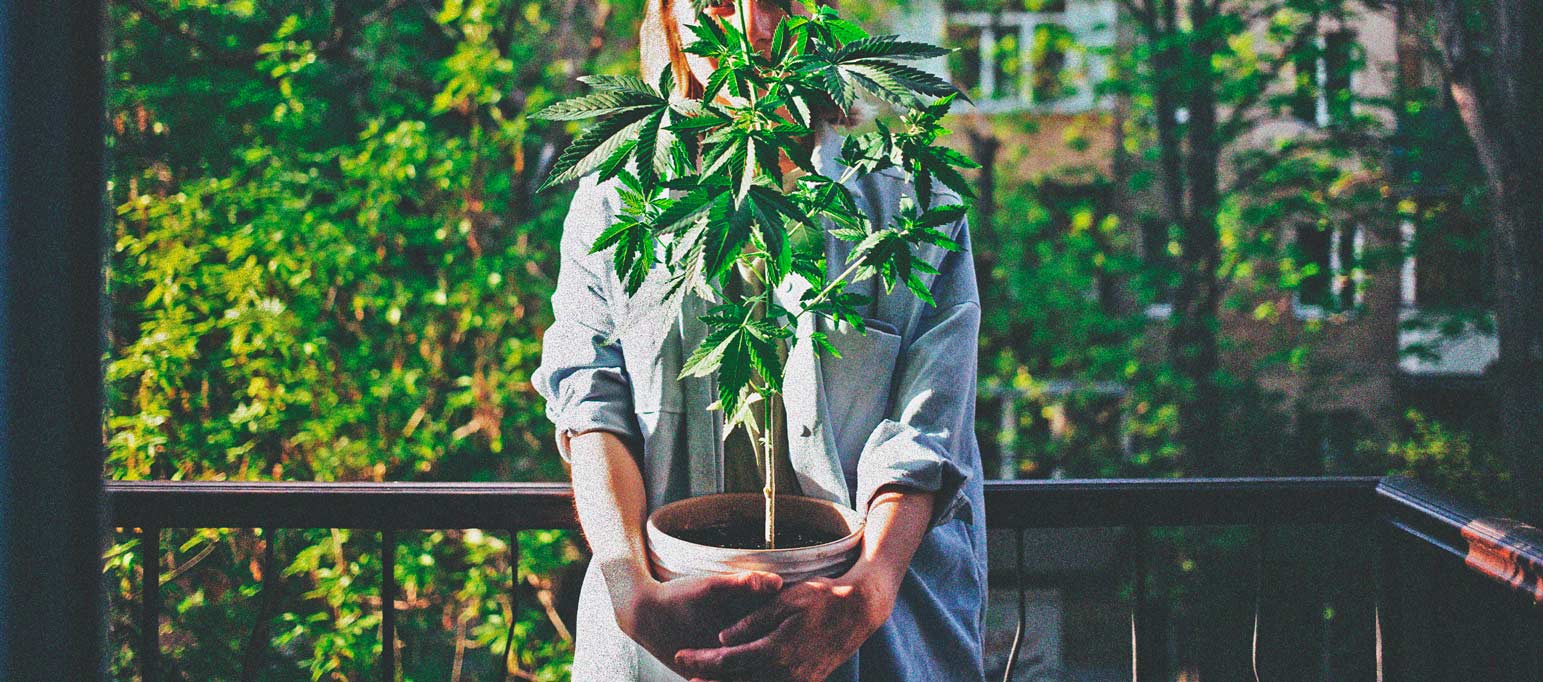
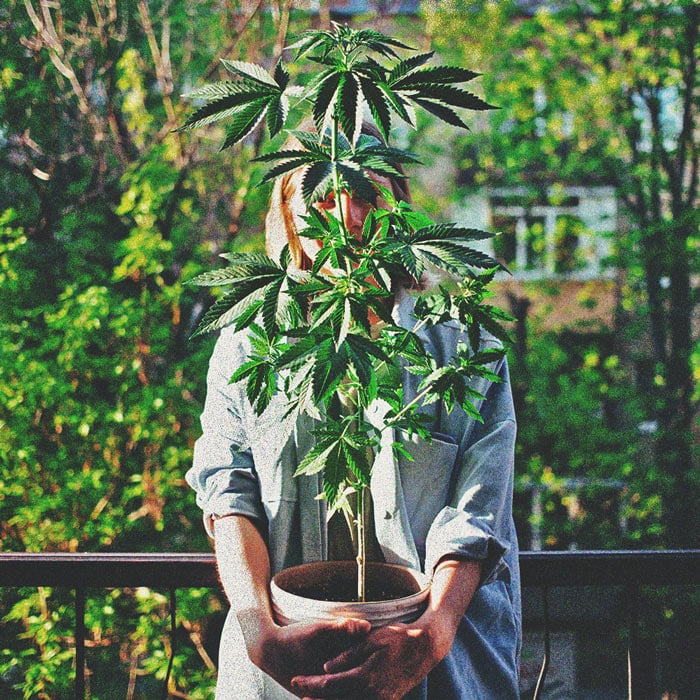
B. Safety Precautions and Camouflaging Guerilla Grows
- Test your location by leaving coins or cheap outdoor equipment behind (if somebody picks it up, you’ll search another spot)
- Don’t create paths and approach the location from different directions (every single time!)
- Attach duct tape under your shoes, and avoid footprints at all costs
- Don’t plant in straight lines to create an accurate field (make it look natural)
- Look for larger bushes and basically everything that will blend with your plants (plant on the south side for maximum sunlight)
- Have your story straight why you spent time in nature, and dress accordingly (dog leash, fishing rod, photography, MTB trail riding, cross country running etc.)
- General approach: First do the scouting and observe, and then visit the actual spot (take your time and get to know the area)
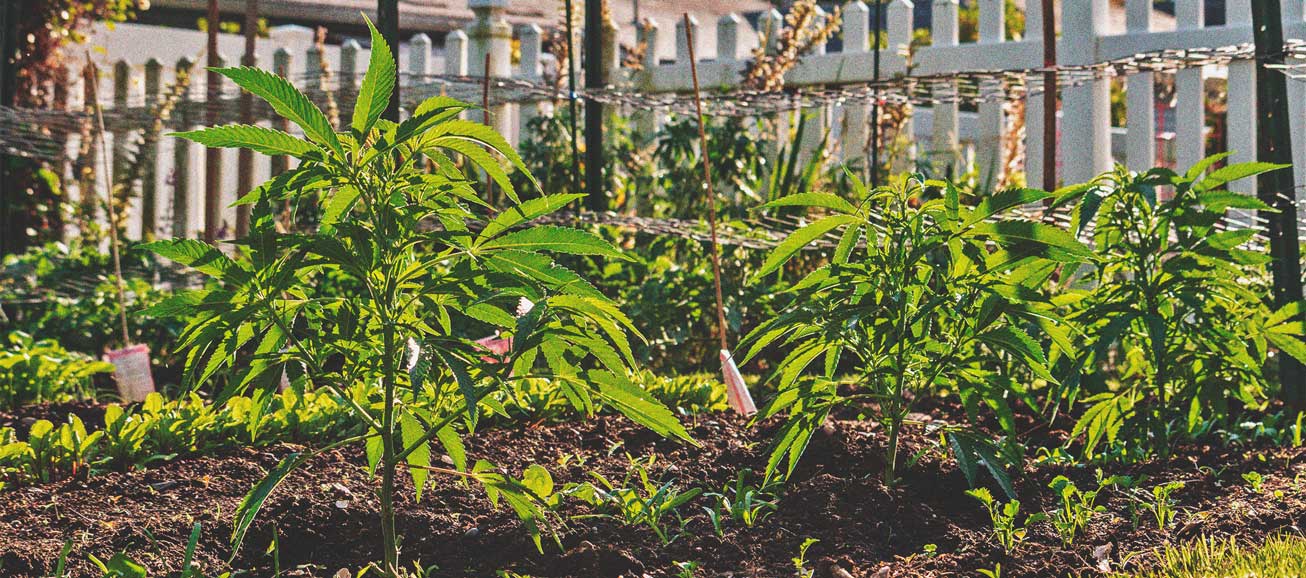
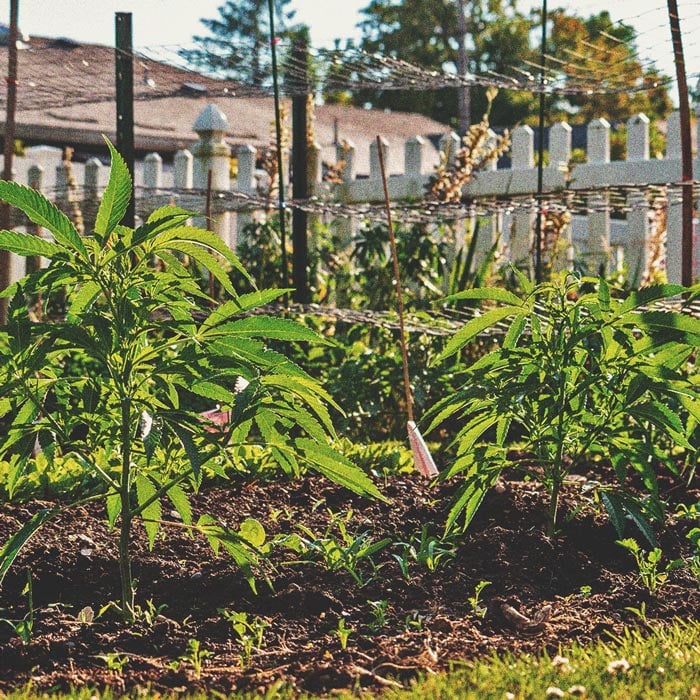
7. Wildlife Protectiom
It’s far more likely to lose cannabis plants to wildlife than anyone discovering your grow. Protecting our plants from animals that are also highly interested in our buds is crucial, but many growers will also calculate on a certain percentage of loss due to slugs, insects, deer and rabbits, just to name a few. When you plan on growing in your own garden, it makes sense to maintain a high degree of biodiversity, to give nature the chance to take care of pests itself.
A. Slugs and Insects
- Use organic slug pellets, and put copper rings around your plant (conventional slug pellets contain metaldehyde and can harm other animals)
- Neem-oil can be used as a form of general prevention for pests
- When you have a bug infestation, get to the source of the problem and identify your enemy, then buy organic products to get rid of them (predator insects are the royal way)
B. Deer and Rabbits
- Protect your plants with green chicken wire (the metal ones are too reflective)
- Use fine transparent fishing line of approx. 0,0.8 inches to create barriers for deer (once they hit the line, they’ll get confused and usually take off; no harm is being done)
- Think of buying a photo trap camera for hunters (you’ll know exactly what’s going on)
- Scatter dog or human hair at the spot (preferably not your own)
- Mark your territory every time you visit your spot! Depending on your bladder capacity, it can make sense to collect some natural deer repellent in a bottle.
